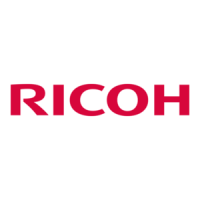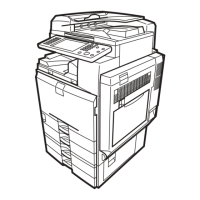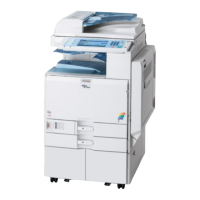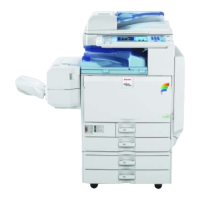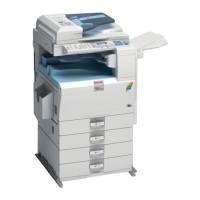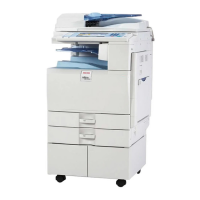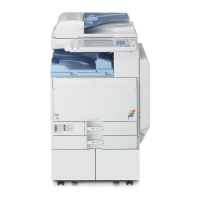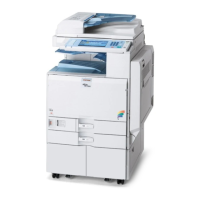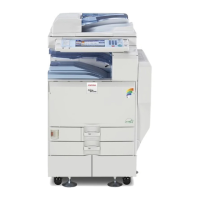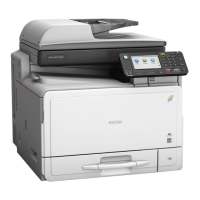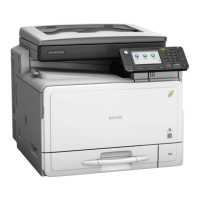9
7
8
10
Getting Started
Administrators/Authentication and its Application
Users/Authentication and its Application
Protecting Document Data Information from Leaks
Protecting Information Transmitted Through the Network or
Stored on the Hard Disk from Leaks
Managing Access to the Machine
Enhanced Network Security
Specifying the Extended Security Functions
Troubleshooting
Appendix
1
2
3
4
5
6
Read this manual carefully before you use this machine and keep it handy for future reference. For safe and correct use, be sure to read the Safety Information
in "About This Machine" before using the machine.
Security Reference
Operating Instructions
